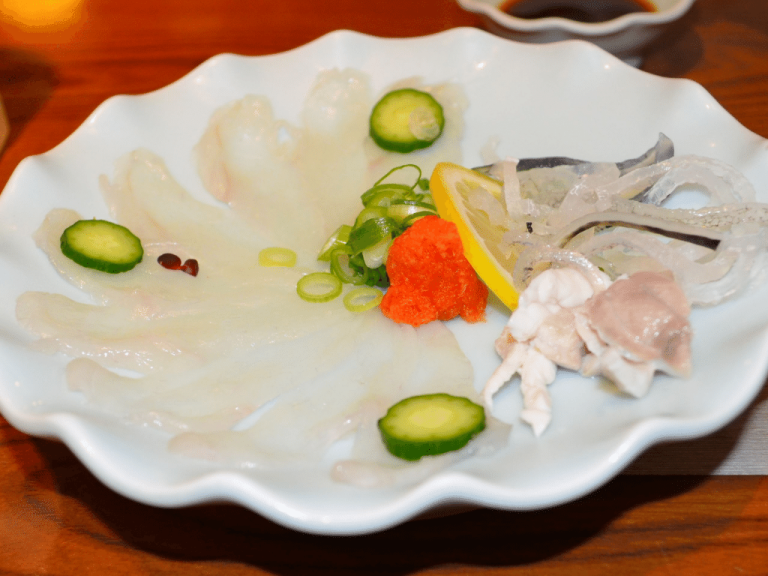In Chinese folklore, there’s a saying “risking one’s life to eat pufferfish.” It’s easy to imagine that pufferfish meat is exceptionally delicious, to the extent that some people are willing to trade their lives for it. Of course, this is an exaggeration. However, there are also people who dare not eat pufferfish, believing that its meat is highly poisonous. In reality, this is a misconception. Not all parts of the pufferfish are poisonous; the most toxic parts are its reproductive glands (including testes, ovaries, and eggs) and internal organs (liver, intestines), which contain a substance called “tetrodotoxin” that is resistant to high temperatures and acids but easily destroyed by alkalis. Due to differences in pufferfish species and body parts, the toxicity varies, and it is strongest from winter, when the ovaries are fully developed, to spring. Eating this toxin can cause paralysis, nausea, vomiting, cold limbs, and eventually complete cessation of heart and respiratory activity, leading to death. Over time, the toxin from the pufferfish’s reproductive glands can seep into other tissues after death, making rotten pufferfish even more toxic.
Although pufferfish is toxic, if the skin is removed, and the fish is gutted and cleaned thoroughly, soaking the meat in clean water for some time can prevent poisoning. People in coastal areas often dry pufferfish meat into fish jerky in late spring and early summer to prevent poisoning. As for pufferfish meat processed into canned products by seafood companies, it undergoes strict processing, disinfection, and approval by health authorities, so it can be safely consumed.

